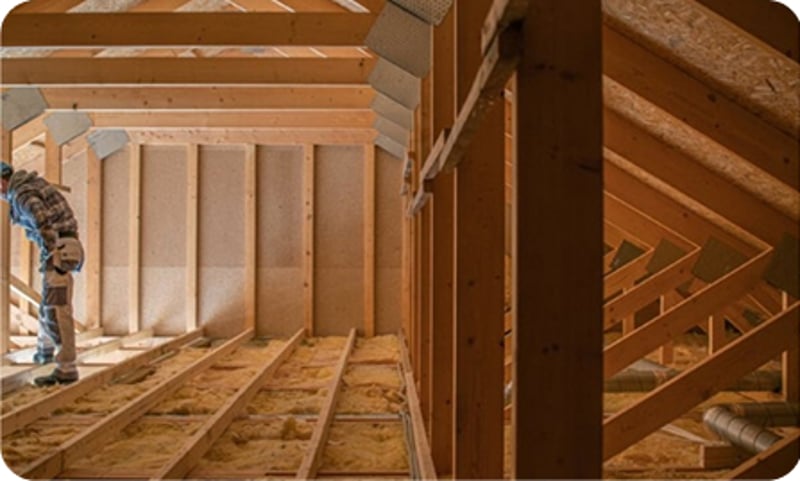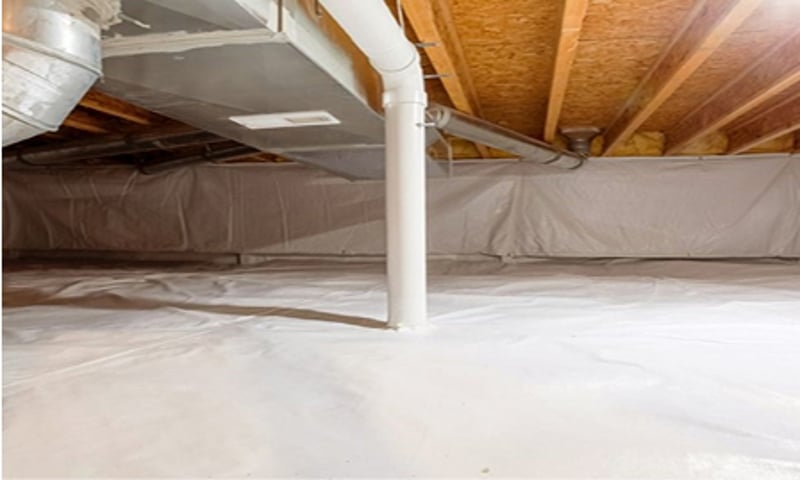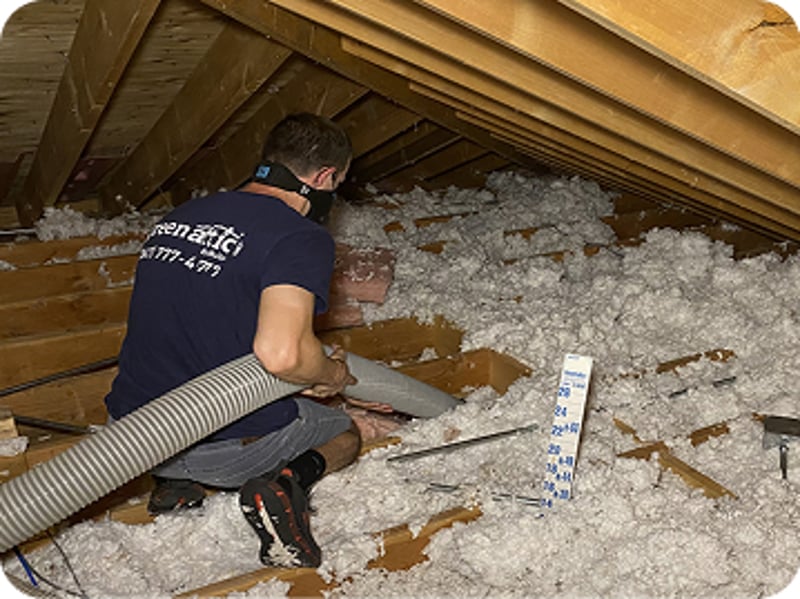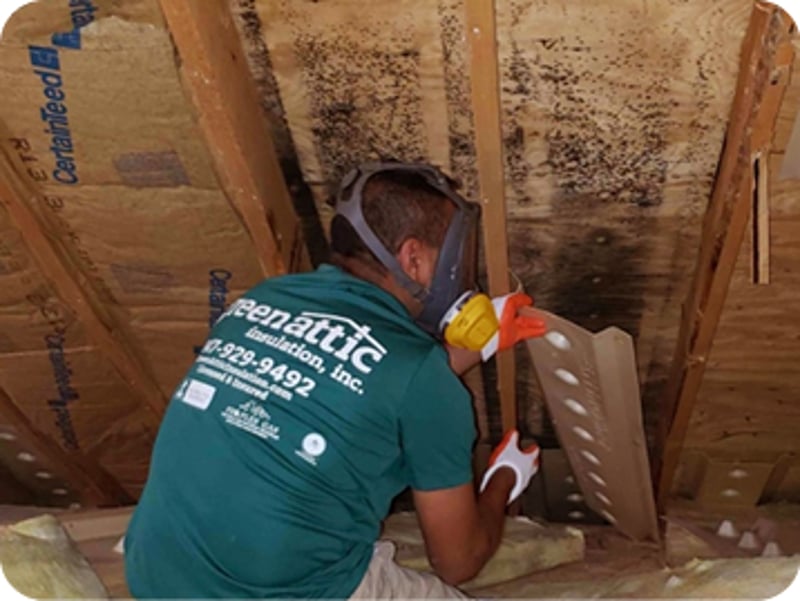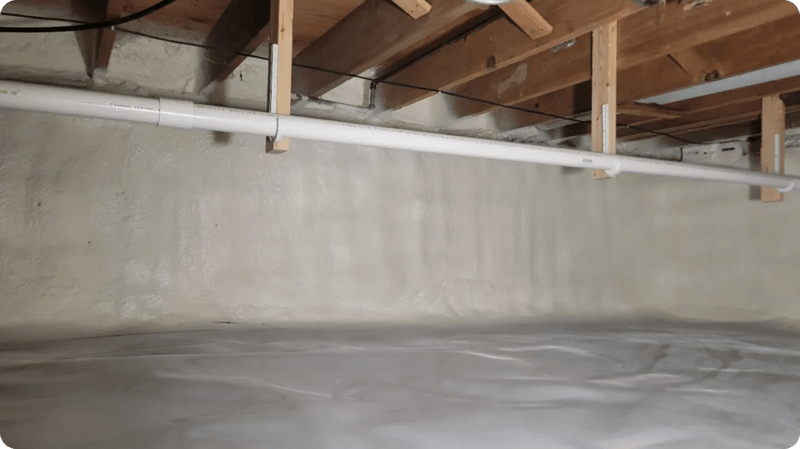Green Attic Insulation Services in Naperville
Request a Quote Today
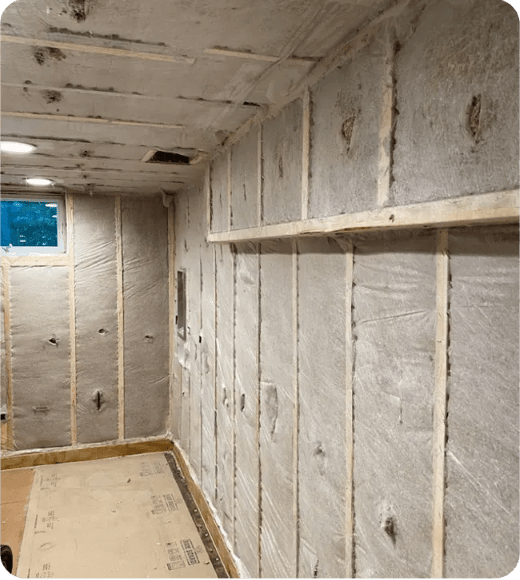
Why Proper Insulation Matters in Naperville
Naperville experiences a diverse climate, with cold winters and warm summers. Proper insulation is crucial to:
- Maintain Indoor Comfort: Keep your home warm in winter and cool in summer.
- Reduce Energy Bills: Efficient insulation minimizes heating and cooling costs.
- Enhance Air Quality: Prevent drafts and moisture intrusion.
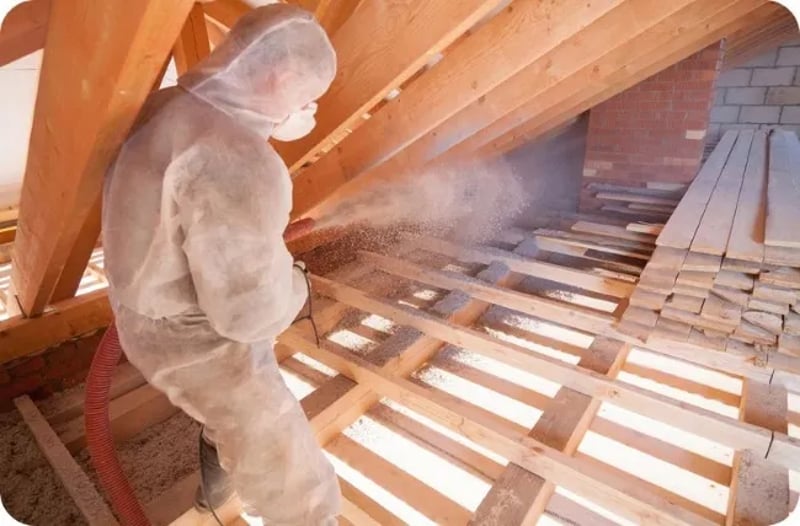

EPA Lead Safe Certified
.svg)
OSHA Certified

PHS Environmental

BBB Accredited

Nextdoor Recommended

BPI Licensed

NAHB Member

EPA Certified

ASHI Certified Inspector

HomeAdvisor Approved

Angie's List Verified

Yelp Rated
Our Comprehensive Insulation Services
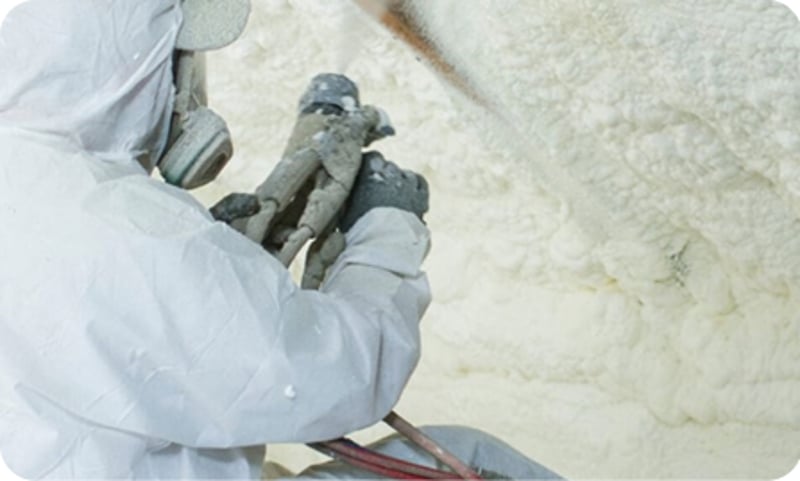
Spray Foam Insulation
Naperville, IL
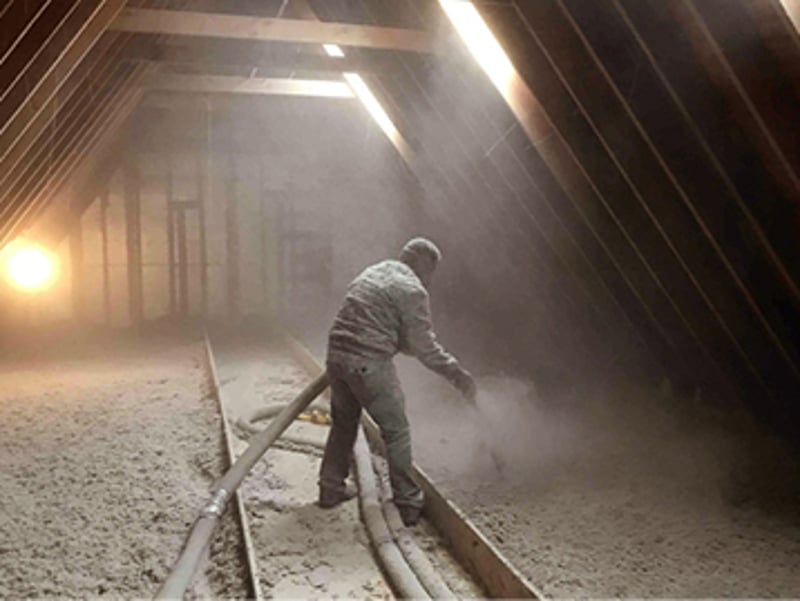
Cellulose Insulation
Naperville, IL
Our Proven Process
Step 1: Free Energy Audit
Step 2: Customized Plan
Step 3: Professional Installation
Step 4: Results
Attic Insulation Naperville, IL
Proper attic insulation is crucial for homeowners in Naperville, Illinois, to maintain energy efficiency and comfort throughout the year. With hot summers and cold winters, well-insulated attics help reduce heating and cooling costs. Many Naperville homes benefit from adding or upgrading insulation materials like fiberglass, cellulose, or spray foam. Local insulation contractors can assess current insulation levels and recommend improvements tailored to Naperville's climate.
Frequently Asked Question
If your insulation becomes wet, it's crucial to remove and replace it promptly. Wet insulation can significantly lose its effectiveness and may also pose health risks due to potential mold and mildew growth.
The thickness of R30 insulation is typically 9.5 inches. This measurement helps ensure that the insulation provides the intended thermal resistance, often used in various residential and commercial building applications to enhance energy efficiency.
Start by drilling holes at the top of each wall cavity. Next, insert the insulation hose into these holes. As you fill the cavity, gradually pull the hose out to ensure even distribution of the insulation material. Maintain a steady pace while filling to prevent blockages. Continue filling each cavity until you encounter resistance, indicating that the space is fully insulated.





















.svg)
.svg)
.svg)
.svg)
.svg)
.svg)
.svg)
.svg)
.svg)
.svg)
.svg)
.svg)
.svg)
.svg)

.svg)
.svg)
.svg)
.svg)
-1.svg)
.svg)
.svg)





